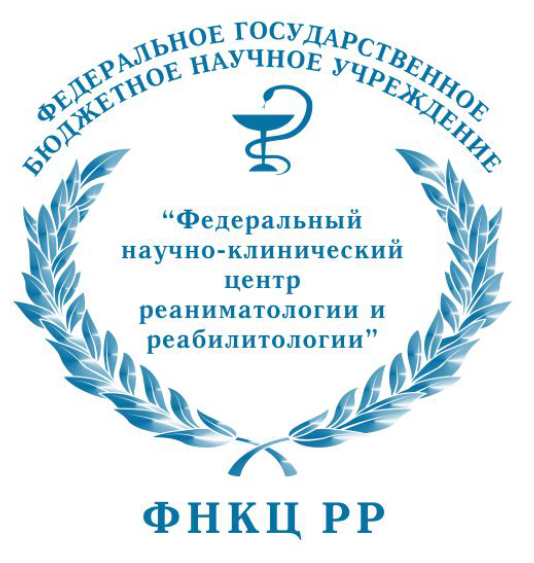
|
ИСТИНА |
Войти в систему Регистрация |
ФНКЦ РР |
||
The mini calorimeter for the NUCLEON experimentдоклад на конференции
- Авторы: Bulatov V.L., Dorokhov V.S., Atkin E.V., Karmanov D.E., Kovalev I.M., Kudryashov I.A., Voronin A.G., Philipov S.B., Podorozhny D.M., Polkov D.A., Shumihin V.V., Turundaevskiy A.N., Vasiliev O.A., Merkin M.M.
- Международная Конференция : International Nuclear Science and Technology conference
- Даты проведения конференции: 2014
- Тип доклада: Устный
- Докладчик: не указан
- Место проведения: Centara Grand at Central Plaza Ladprao, Bangkok, Thailand, Таиланд
-
Аннотация доклада:
The NUCLEON experiment is a detector of space ray particles with energies from 10^11 to 10^15 eV, positioned on a low-orbit satellite. The ionisation mini calorimeter was included in the NUCLEON experiment to measure lepton spectrum. The ionisation mini calorimeter is a silicon and tungsten calorimeter consisting of 6 tungsten layers 2 radiation lengths each and 6 detector planes positioned on top of tungsten layers. Each of the detector planes includes 4 ladders equipped with silicon strip detectors with 300 μm thickness and 0.25 x 0.25 m^2 active region size. Strip stepping is 1 mm. Besides detectors, each ladder holds electronics: the readout chip (the ASIC NUCLEON), a calibration system, a power system, a processor for generating timing diagram, an ADC, a controller. The ASIC was developed especially for the NUCLEON experiment and has a unique dynamic range – 1 to 40000 mip while consuming 2.5 mW/channel. Data analysis algorithm is based on topologic and energetic differences between hadron and electromagnetic cascades. To achieve best efficiency, TMVA ROOT is used. The algorithm was verified using Geant4 modelling and the tests on a SPS test beam in CERN. The reconstructed energy resolution is 10%. The hadron to electron background rejection is 3 x 10^3. Results achieved by both modelling and testing the mini calorimeter verified that it provides required accuracy for measuring space ray lepton spectrum thin structure for energies between 300 GeV and 2 TeV.
- Доклад на конференции выполнен в рамках проекта (проектов):
- Добавил в систему: Ковалев Игорь Михайлович